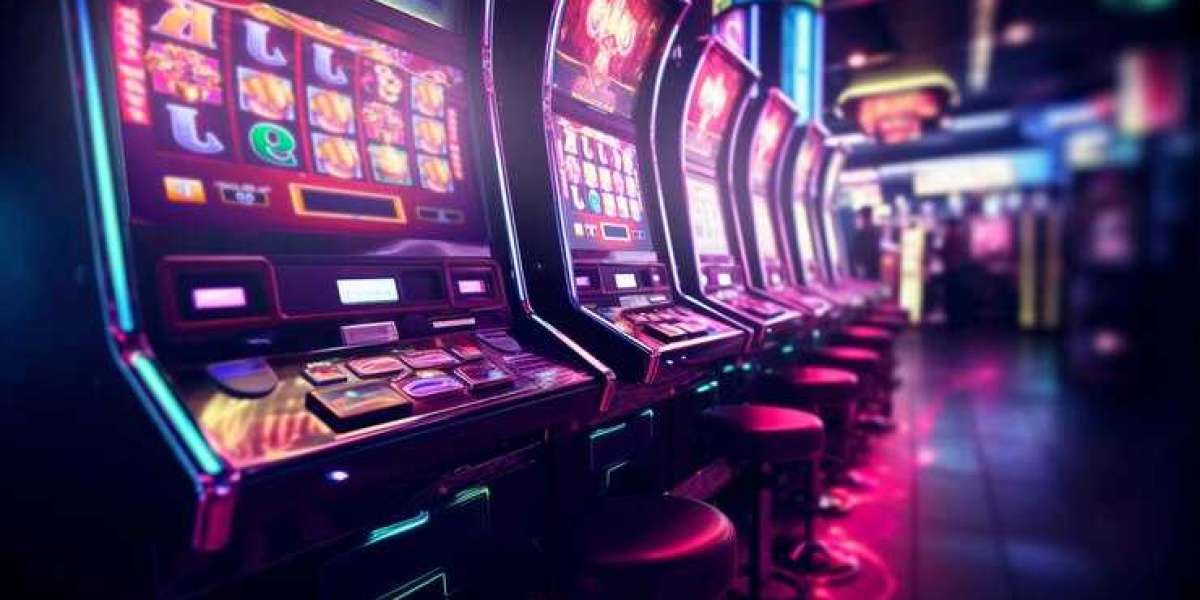Slot machines have long been synonymous with luck and chance. The thrill of spinning the reels and hoping for a winning combination is a timeless aspect of casino gaming. However, behind the flashing lights and ringing bells lies a sophisticated system of algorithms that govern the outcome of each spin. In this article, we delve into the mechanics of slot machine algorithms, shedding light on the intricate processes that determine your chances of winning.
- Random Number Generators (RNGs)
- Pseudo-Random Number Generators (PRNGs)
- Return to Player (RTP) Percentage
- Volatility
- Bonus Features and Special Symbols
Random Number Generators (RNGs)
At the heart of every slot machine is a Random Number Generator (RNG), a computer program that generates random sequences of numbers. These numbers correspond to the symbols on the reels and determine the outcome of each spin. RNGs ensure that each spin is independent and unpredictable, making it impossible to predict or manipulate the results. This ensures fairness and transparency in slot gameplay.
Pseudo-Random Number Generators (PRNGs)
Most modern slot machines use Pseudo-Random Number Generators (PRNGs), which are algorithms that produce sequences of numbers that appear random but are actually determined by a mathematical formula and an initial seed value. PRNGs are used in computerized slot machines, online slots, and video poker games. While PRNGs can generate sequences that mimic randomness, they are still subject to mathematical patterns and algorithms.
Return to Player (RTP) Percentage
The Return to Player (RTP) percentage is a crucial factor in understanding slot machine algorithms. The RTP percentage represents the percentage of wagered money that a slot machine will pay back to players over time. For example, a slot machine with an RTP of 95% will, on average, return $95 for every $100 wagered. The remaining 5% represents the house edge, which is the casino's profit margin. RTP percentages are determined by the slot machine's algorithm and are typically programmed into the game by the developer.
Volatility
In addition to RTP, slot machine algorithms also determine the game's volatility, which refers to the risk and reward level associated with a particular slot. Low volatility slots offer smaller, more frequent wins, while high volatility slots offer larger, less frequent wins. The volatility of a slot is determined by factors such as the frequency of winning combinations, the size of the payouts, and the presence of bonus features.
Bonus Features and Special Symbols
Slot machine algorithms also govern the occurrence of bonus features, special symbols, and other game mechanics that enhance the gameplay experience. These may include wild symbols, scatter symbols, free spins, multipliers, and bonus rounds. The frequency and conditions for triggering these features are determined by the slot machine's algorithm and can vary from game to game.




